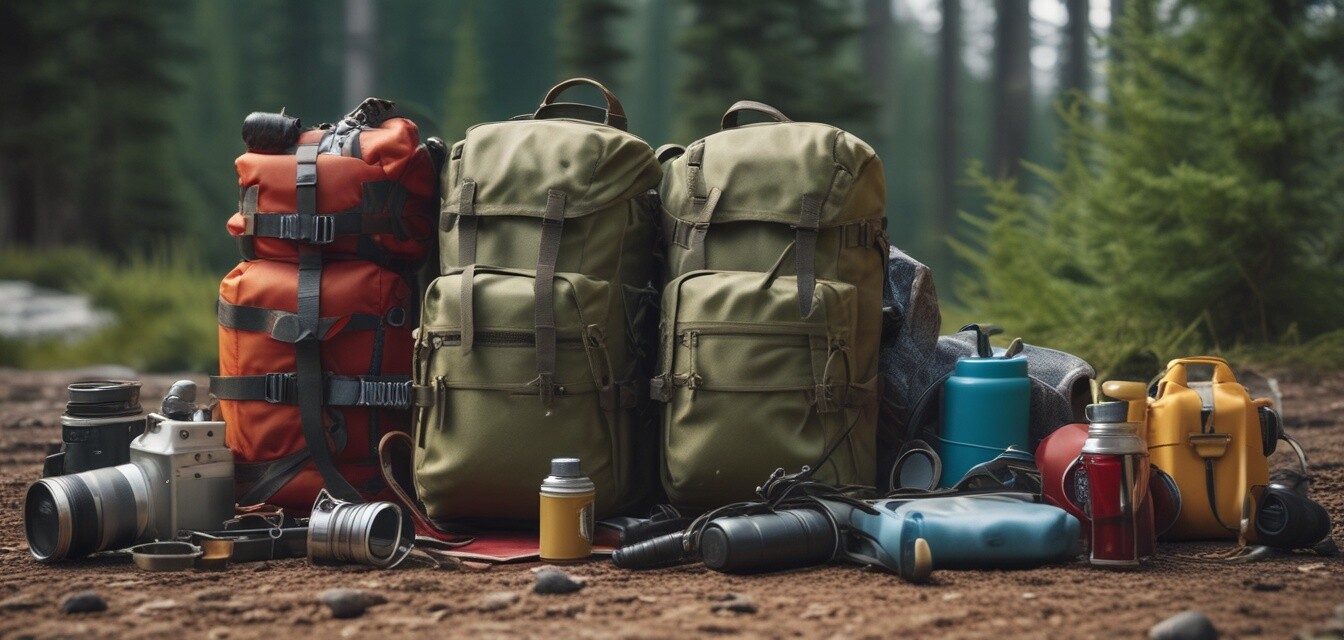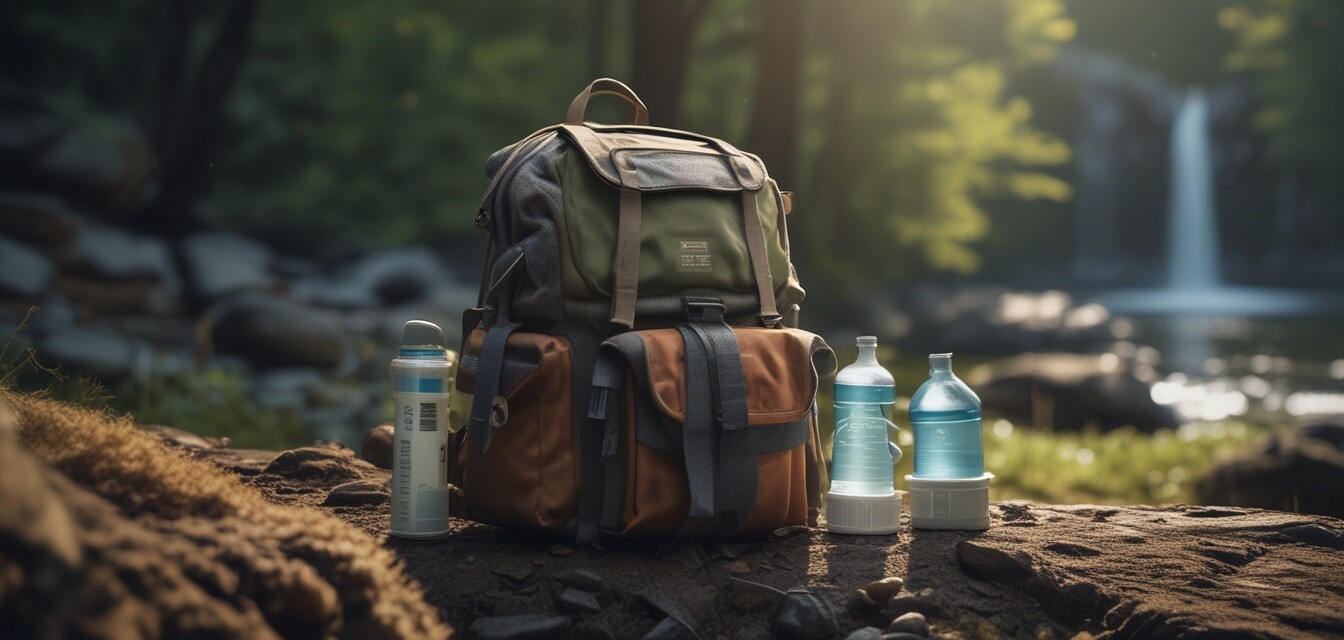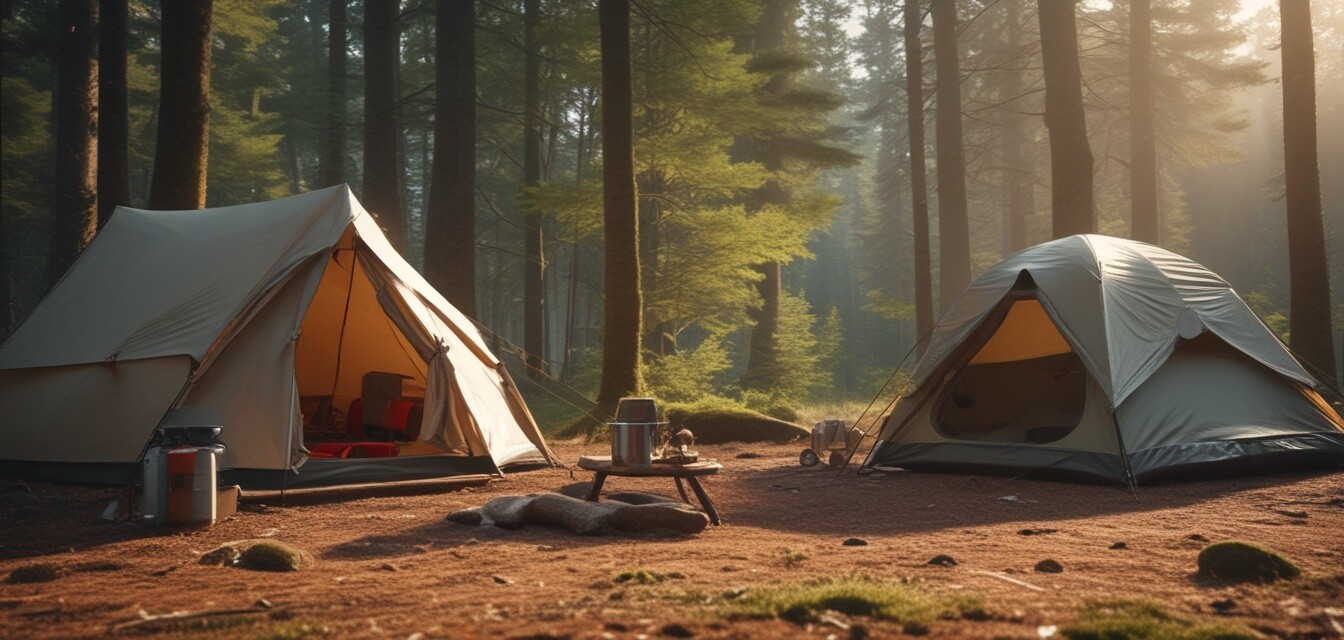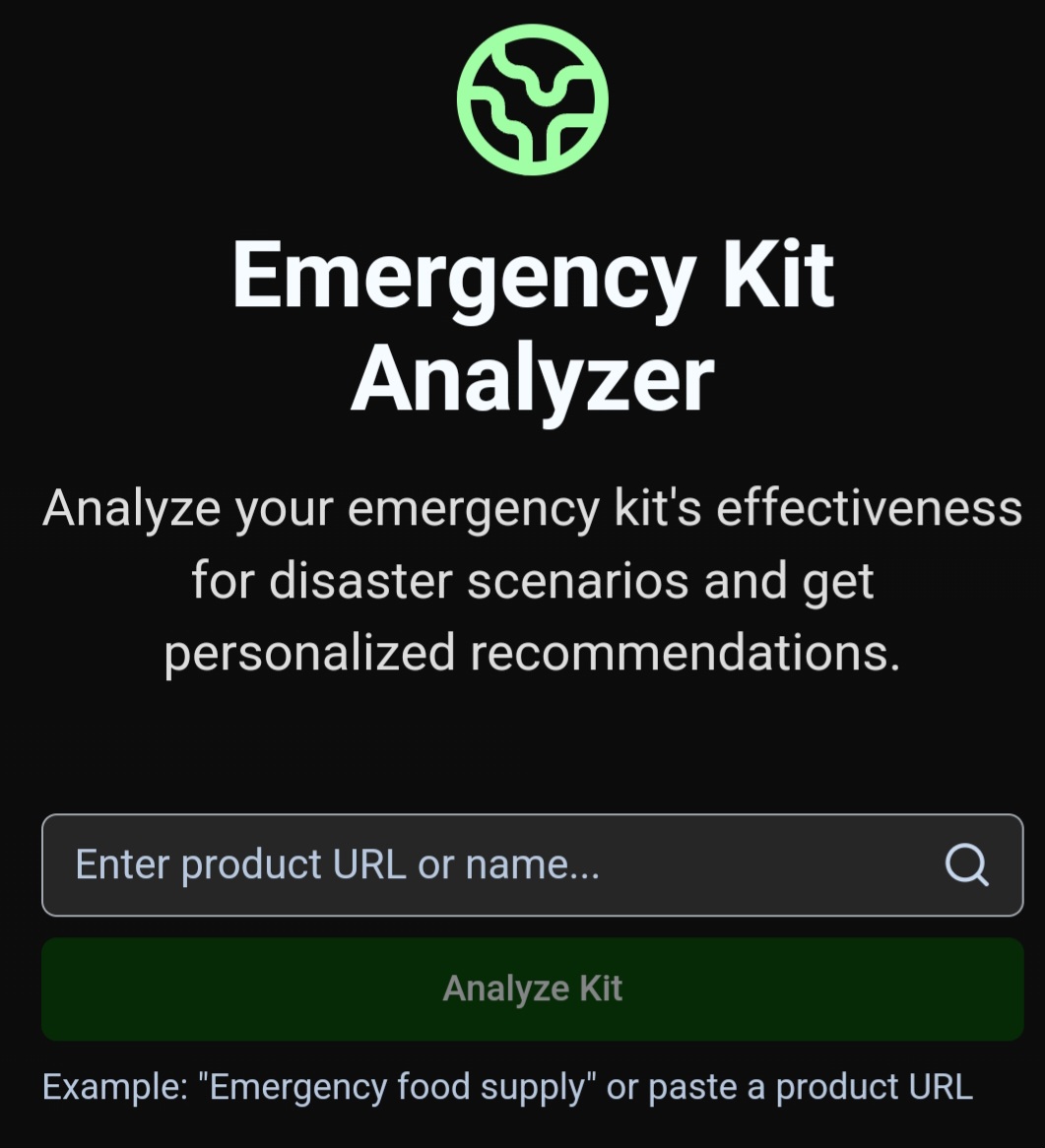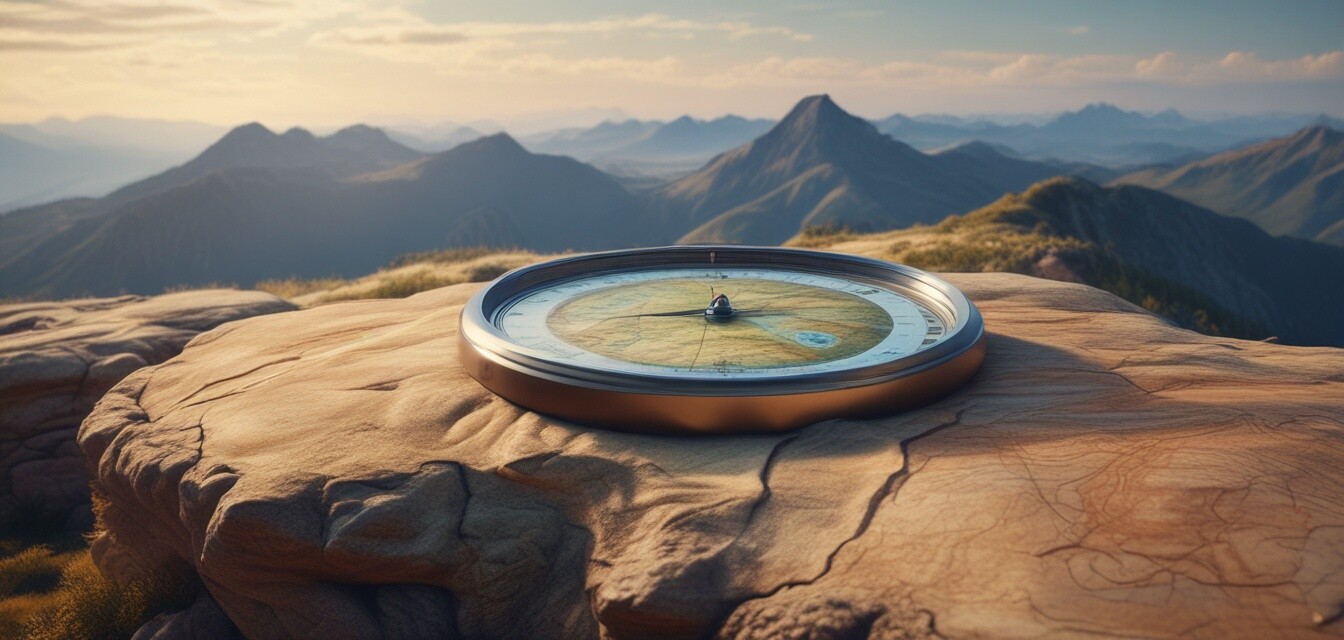
Natural Disaster Preparedness
Natural disasters can strike without warning, making it essential for everyone to be prepared. Whether you're out in the wilderness or at home, having a solid emergency plan is crucial. This article provides key insights into natural disaster preparedness, especially in outdoor settings. Following these guidelines can help safeguard you and your loved ones in times of crisis.
Key Takeaways
- Understanding different types of natural disasters is critical.
- Have emergency supplies including food, first aid kits, and tools ready.
- Communication plans are essential before, during, and after disasters.
- Regularly review and rehearse your emergency plan.
- Try the Free Emergency Kit Analyzer
Types of Natural Disasters
Understanding the various types of natural disasters can aid in formulating an effective emergency plan. Here are the most common types:
| Type of Disaster | Description |
|---|---|
| Earthquake | Sudden shaking of the ground caused by tectonic movements. |
| Flood | Overflow of water onto ordinarily dry land, often due to heavy rainfall. |
| Hurricane/Typhoon | Strong storms with heavy winds and rain, often causing widespread damage. |
| Wildfire | Uncontrolled fire in a forest or wildland area. |
| Tornado | Violently rotating column of air extending from a thunderstorm to the ground. |
Essential Emergency Supplies
Being equipped with the right supplies can make a significant difference during and after a natural disaster. Here’s a list of essentials every emergency kit should include:
- First Aid Kit
- Non-perishable Food Supplies
- Water (at least 1 gallon per person per day)
- Flashlights and Extra Batteries
- Communication Devices
- Fire Starters
- Outdoor Protective Clothing
- Multi-tool or Swiss Army Knife
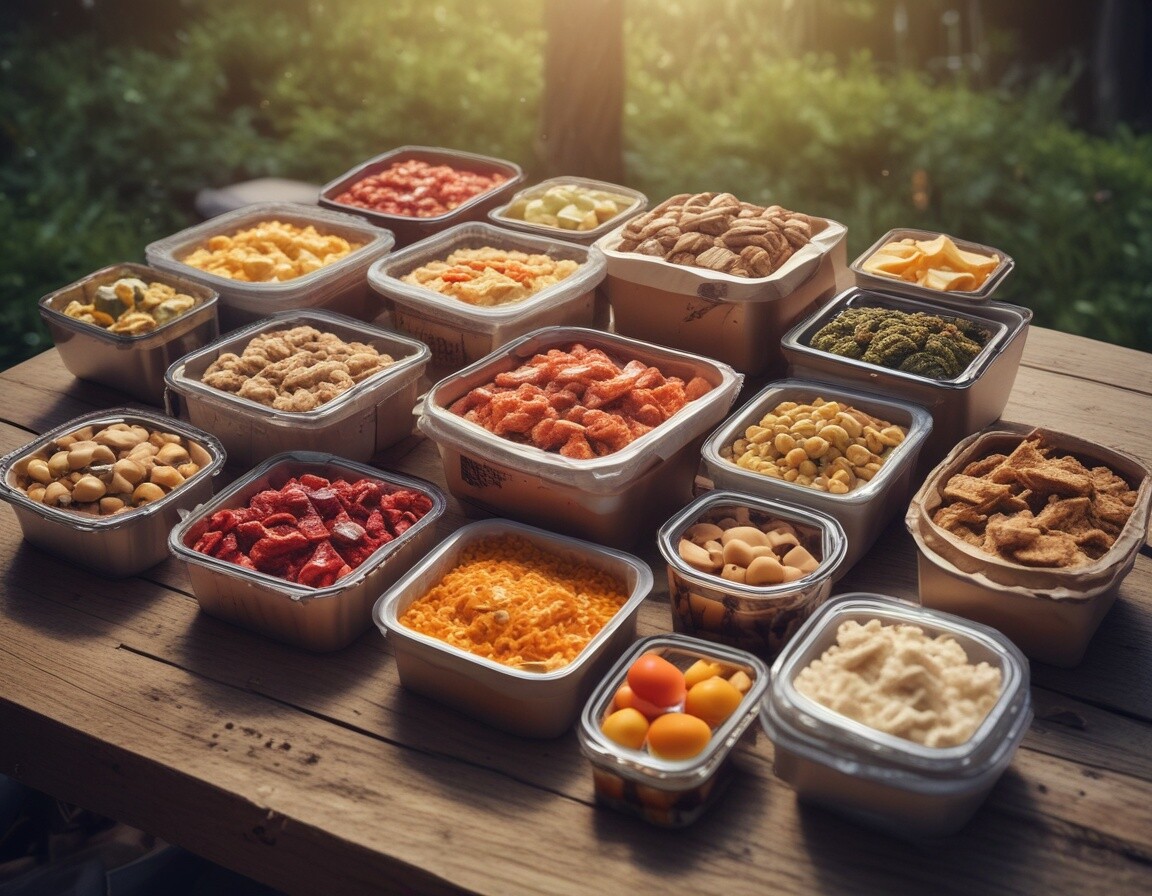
Recommended Items by Category
| Category | Recommended Item | Features |
|---|---|---|
| First Aid Kits | Comprehensive Kit | Includes bandages, antiseptics, and emergency instructions |
| Food Supplies | Freeze-dried meals | Long shelf life, lightweight, and easy to prepare |
| Water | Portable water filters | Removes contaminants for safe drinking water |
| Tools | Camping Multi-tool | Includes knife, screwdriver, and can opener |
Communication Plans
During a disaster, effective communication is vital. Here are steps to create your communication plan:
- Identify primary and secondary communication methods (phones, radios).
- Set a family meeting point in case of evacuation.
- Ensure everyone knows how to contact each other.
- Practice using your communication plan regularly.
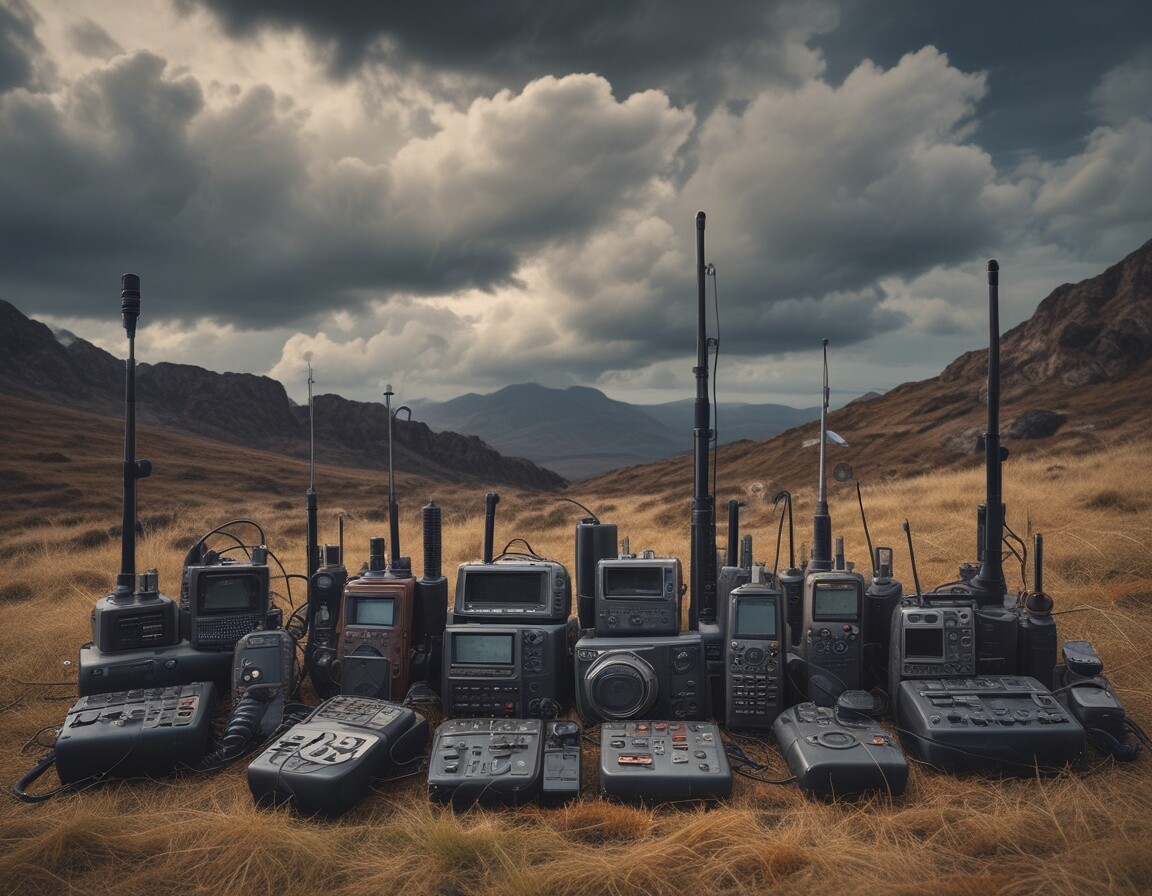
Training and Drills
Knowledge can save lives. Consider enrolling in training sessions for first aid, CPR, and disaster response. Regular drills help reinforce what to do during various types of emergencies.
- Participate in local community drills.
- Practice using your emergency supplies with family members.
- Review your escape routes and communication plans regularly.
Pros
- Helps ensure safety during emergencies.
- Increases resilience and preparedness.
- Presents a structured approach for families.
Cons
- May require a financial investment in supplies.
- Can be overwhelming for first-time planners.
- Regular updates and maintenance are necessary.
Conclusion
Natural disaster preparedness is not just about having supplies; it’s also about knowledge and organization. By understanding the types of disasters, preparing essential supplies, creating effective communication plans, and conducting regular drills, you can increase your chances of staying safe during emergencies.
For more in-depth information on preparing for specific types of disasters, check out our guides on communication devices, emergency food supplies, and first aid kits. Then try the free Emergency Kit Analyzer to make sure you and your family are prepared for the unexpected.
Tips for Beginners
- Start by creating a basic emergency kit.
- Stay informed about potential disasters in your area.
- Engage your family in planning discussions.
- Work on your emergency communication plan together.
- Try the FREE Emergency Kit Analyzer Yool
- Download the FREE Emergency Preparedness Checklist
